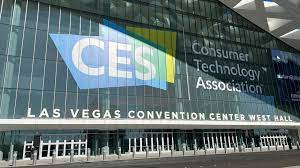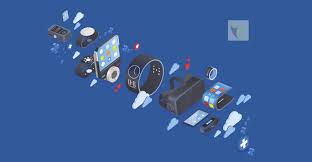Nuance Audio is a new option for people who resist traditional aids, from the company that makes Ray-Bans and operates LensCrafters.
Seekers of Meaning Podcast Posted Online March 7, 2025
What's Next Longevity Deal Talk Episode 32, January, 2025
Presentation: What's Next Longevity Venture Summit, June, 2025

 As 2022 begins, the oldest baby boomer turns 76. As the population aged 65+ exceed 54 million, trends emerge. Because of the sheer size of the older adult market, and the wealth of baby boomers, vendors increasingly see them as constituents for new offerings. The pace of innovation is accelerating, driven by older adult changing needs, shortage of care workers, investor interest and of course. Considering the recent
As 2022 begins, the oldest baby boomer turns 76. As the population aged 65+ exceed 54 million, trends emerge. Because of the sheer size of the older adult market, and the wealth of baby boomers, vendors increasingly see them as constituents for new offerings. The pace of innovation is accelerating, driven by older adult changing needs, shortage of care workers, investor interest and of course. Considering the recent  CES 2022 – smaller in size, but big in tech futures.
CES 2022 – smaller in size, but big in tech futures.  Beacon Hill Village created a concept out of need... Long ago, the topic of aging in place was born within the pioneer community of the ‘Village’ movement --
Beacon Hill Village created a concept out of need... Long ago, the topic of aging in place was born within the pioneer community of the ‘Village’ movement -- 